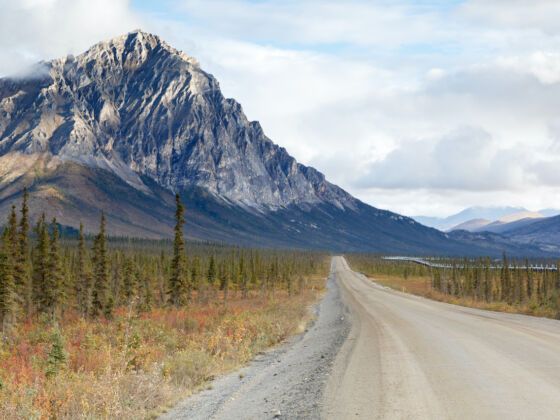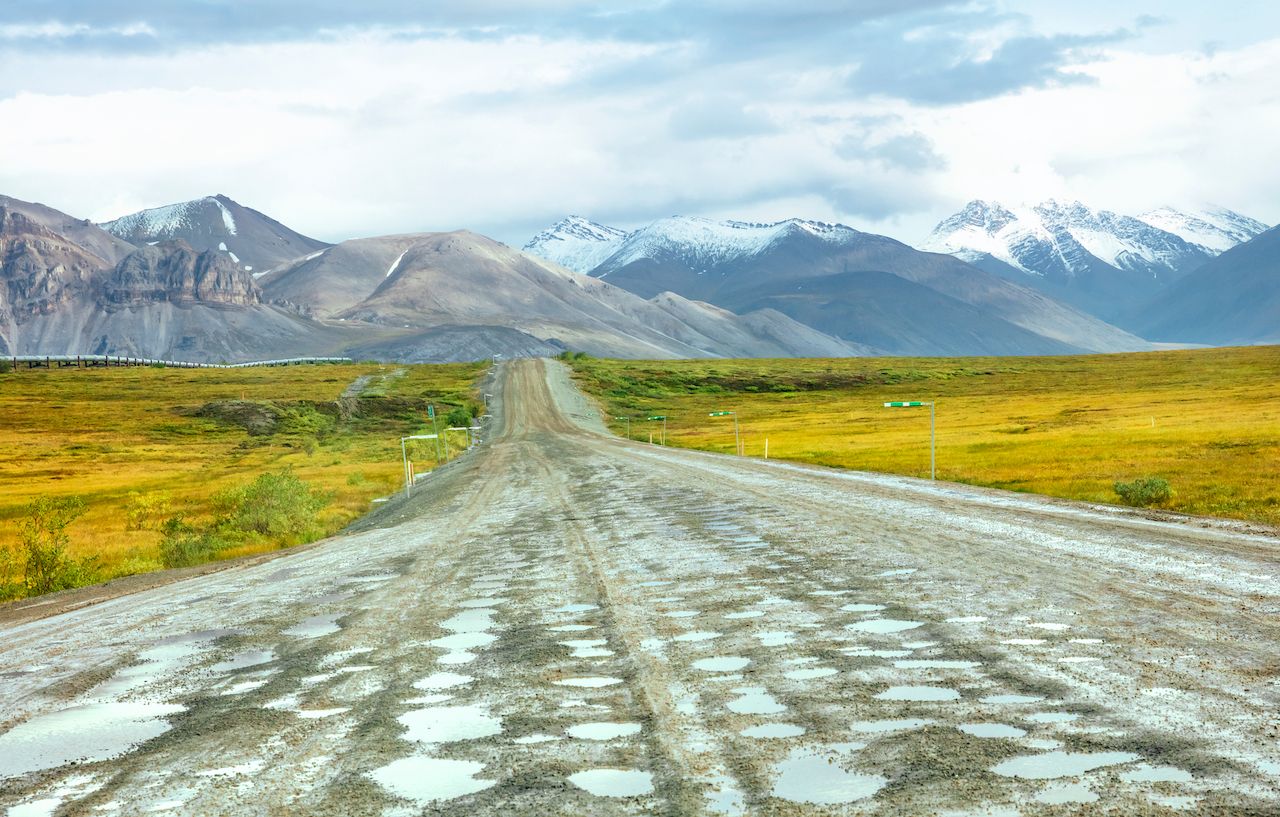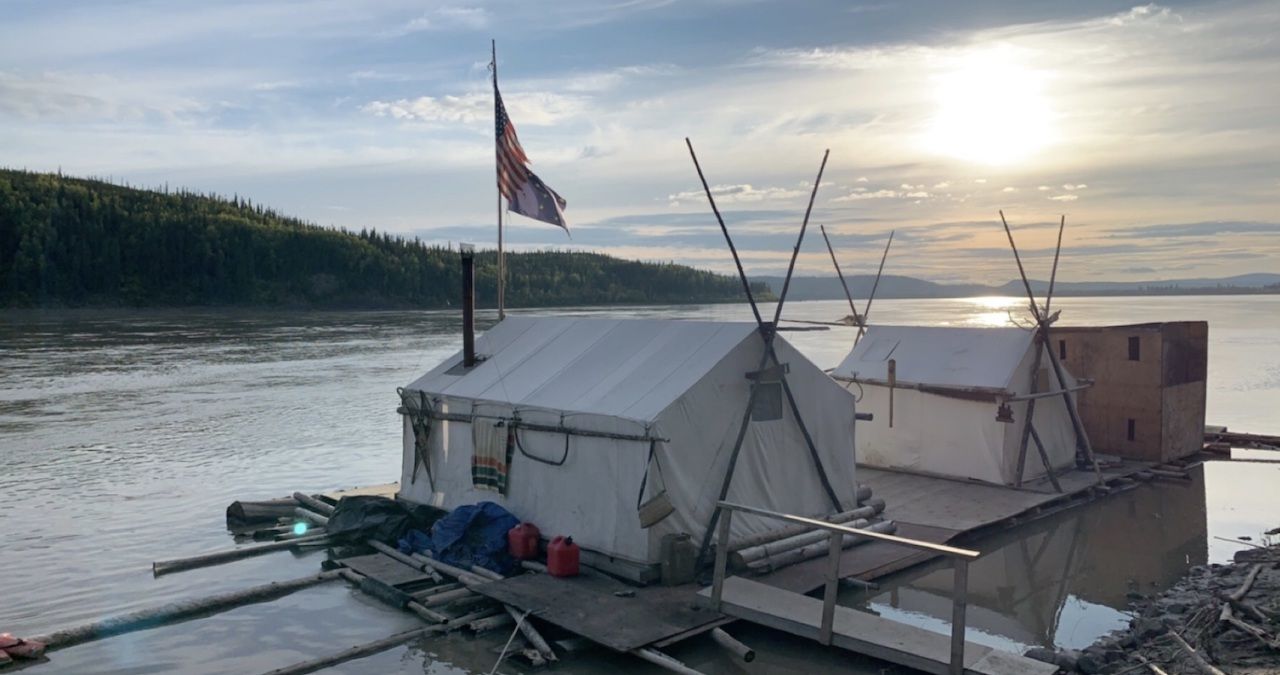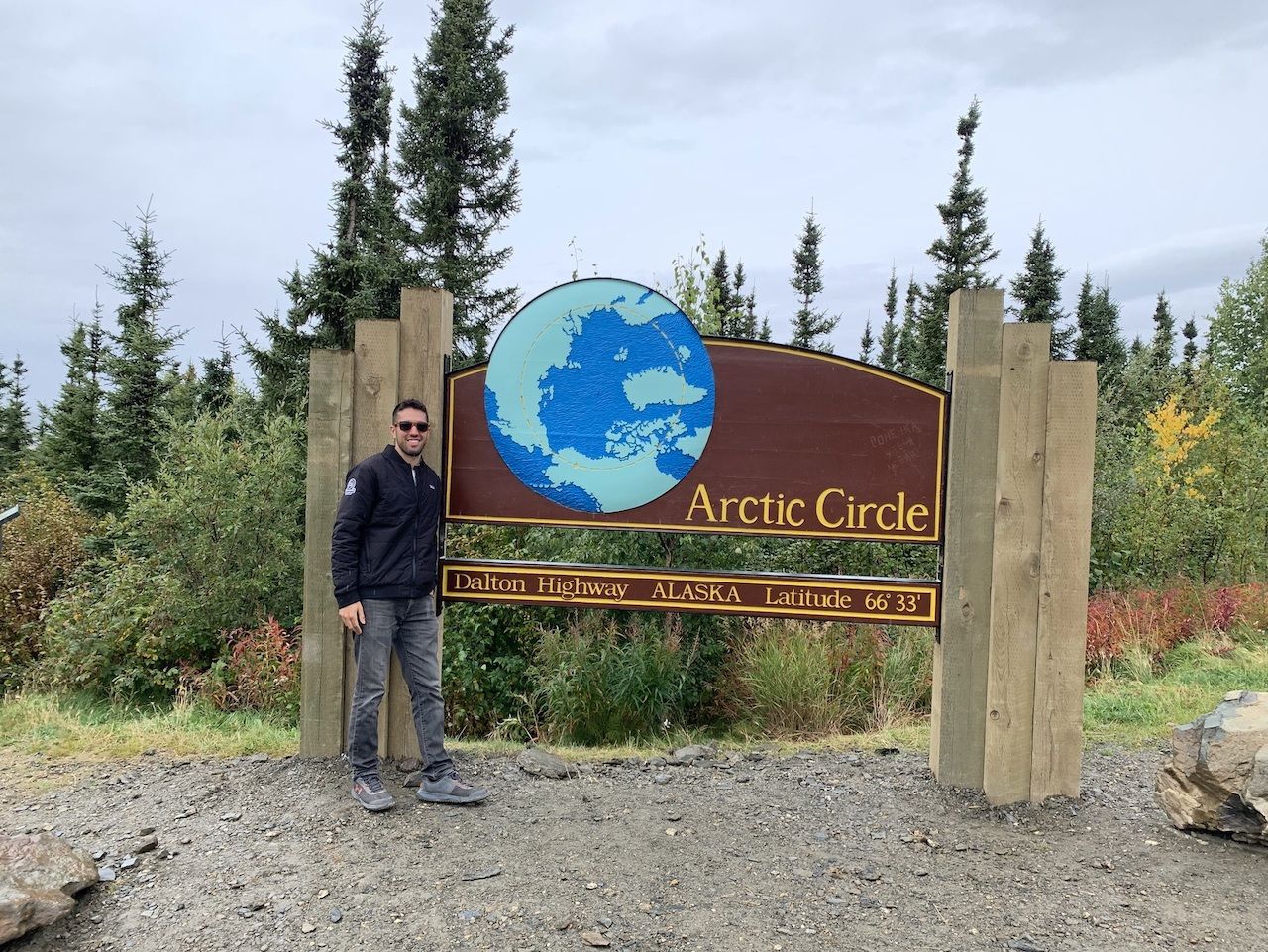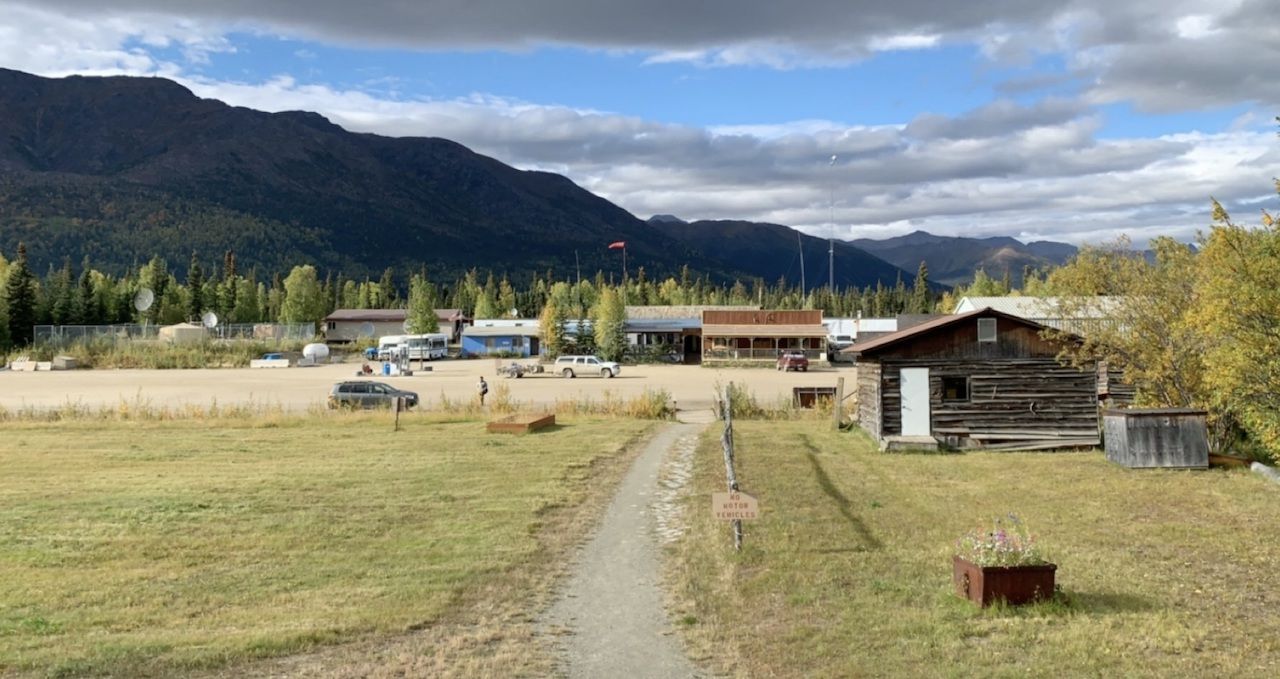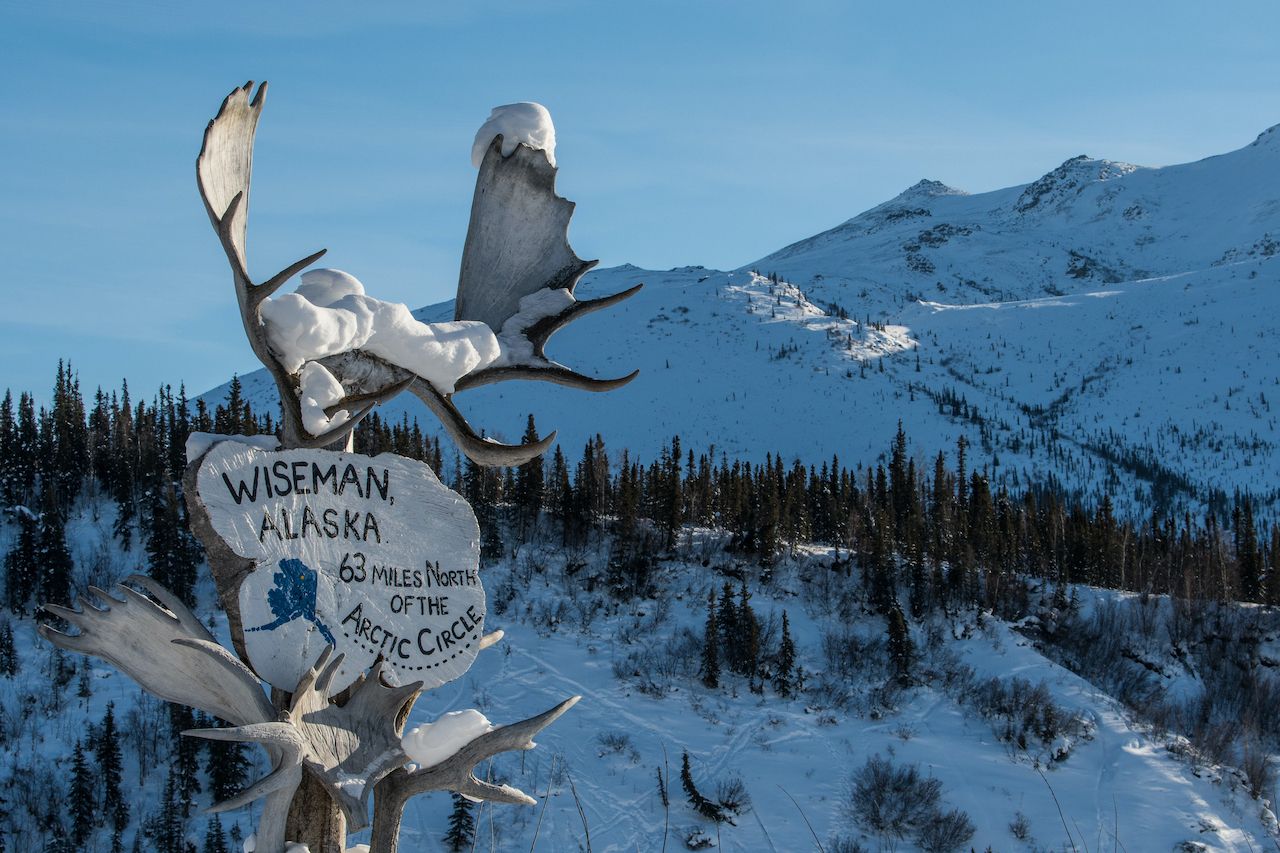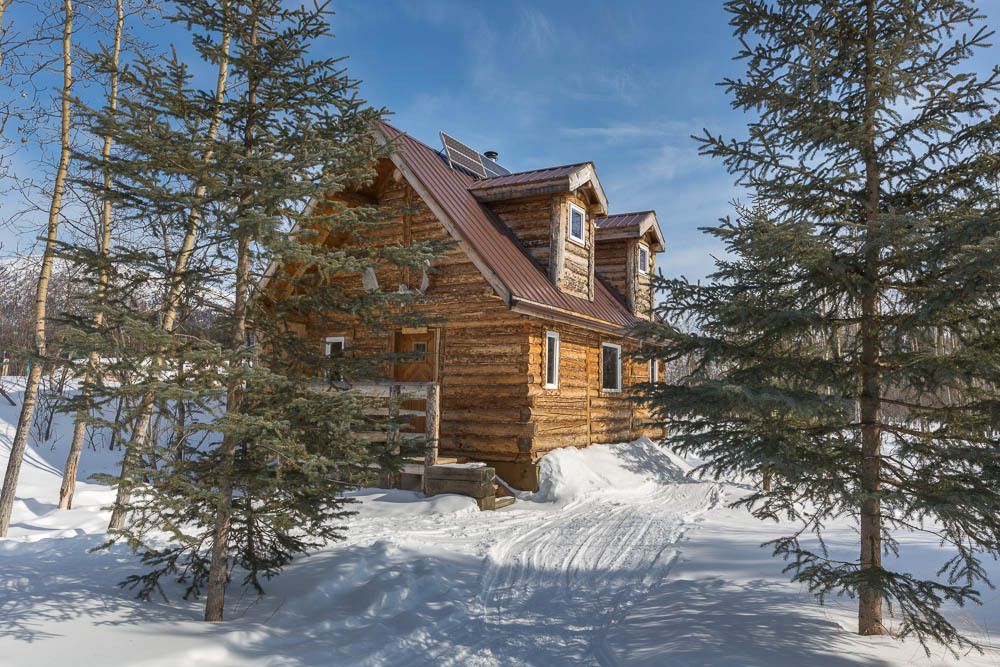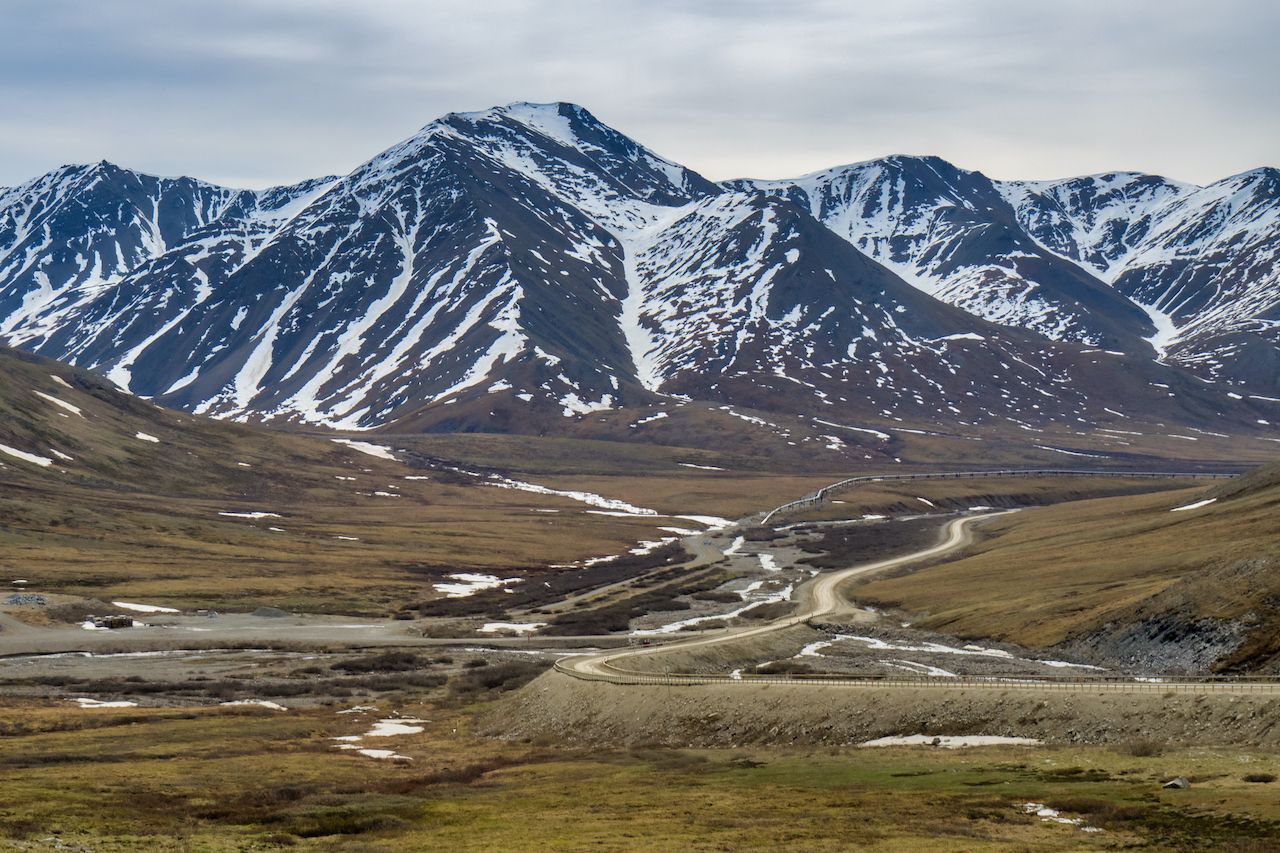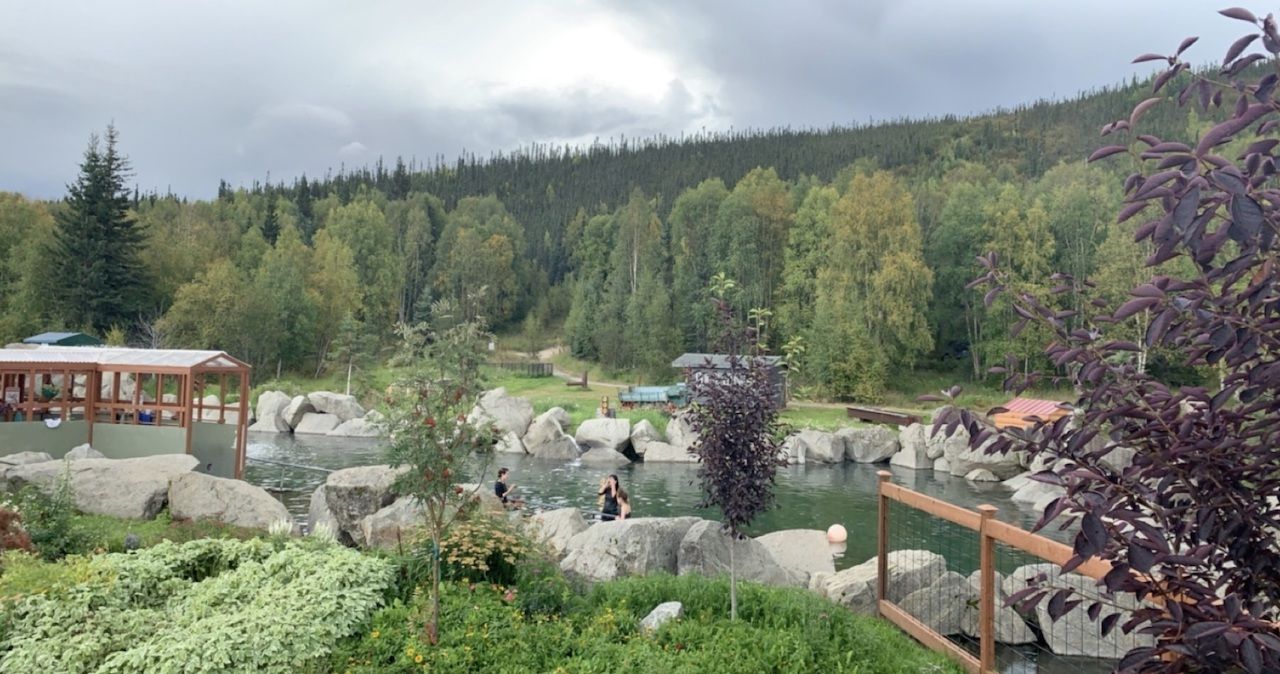“Don’t take the car past Lake Galbraith, or it’ll be too far for us to rescue you.”
The woman at the rental car agency wasn’t laughing. In a briefing that felt more like a CPR training course than the fine print of renting a Ford Explorer, she listed all the hazards that awaited us on the Dalton Highway. There were treacherous potholes, hundreds of miles of unpaved road, almost zero service stations, no cell reception, and bears.
